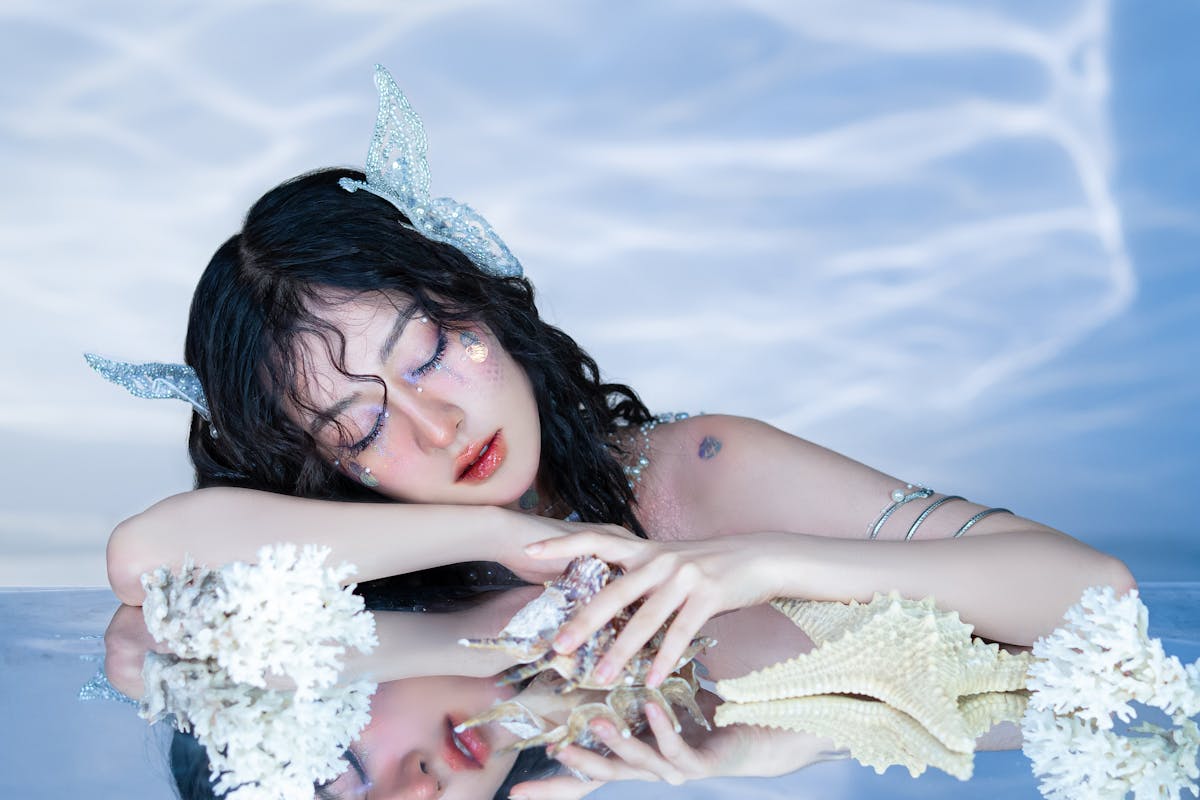Photography has long been a medium for documenting truth—but it’s just as powerful when used to bend it. Fantasy photography invites us to step out of the real world and into dreamscapes, myths, and alternate realities. It’s a genre that thrives on creativity, storytelling, and visual experimentation, offering both photographers and viewers an escape into the extraordinary.
Whether you’re inspired by fairytales, science fiction, folklore, or surrealism, fantasy photo projects allow you to blur the line between what’s real and what’s imagined. In this article, we’ll explore the artistic and technical approaches that bring fantasy to life through the lens, and how to build projects that captivate, surprise, and transport.
Begin with a Concept Worth Escaping Into
All great fantasy photo projects start with a compelling concept. Think of it like crafting a story: What world are you creating? Who lives there? What rules govern it?
Unlike traditional portraiture or documentary work, fantasy projects give you total creative freedom. Your subjects can be ethereal beings, time travelers, or entirely new creations born from your imagination. The key is to choose a concept that excites you—and has enough depth to develop visually.
Here are a few starting points:
- Reimagine mythological characters in modern settings
- Invent a dystopian or utopian future
- Explore dreams and nightmares through visual metaphors
- Create a series inspired by a single emotion, like wonder or fear
Once you land on a theme, everything else—costume, location, lighting, editing—should support that vision.
Build Immersive Sets and Wardrobe
Fantasy relies heavily on visual cues to sell the illusion. A forest becomes a mystical realm with the right lighting and wardrobe. A rundown warehouse turns into a portal between worlds when filled with fog and glowing props.
Costume design plays a huge role. Whether it’s custom-made, thrifted, or DIY, wardrobe choices should reflect your world’s logic and tone. Think flowing capes, armor, masks, crowns, or futuristic wearables. Details like face paint, glitter, or handmade accessories elevate the look.
Set design can range from natural landscapes to elaborately constructed environments. Even minimal setups can work if paired with strong lighting and post-production. You might also experiment with mixed media—blending photography with illustration, 3D modeling, or projection for layered effects.
Light for Mood and Magic
In fantasy photography, lighting is your mood-setting tool. It can make a forest feel enchanted, a subject appear supernatural, or a room look like another planet.
For ethereal looks, use soft, diffused light—whether it’s golden hour sunlight, large softboxes, or bounced reflectors. Backlighting works well to create glowing halos or a sense of mystique. For darker, moodier tones, experiment with colored gels, dramatic shadows, and directional light.
Don’t shy away from unconventional sources: fairy lights, lanterns, candles, or even projectors can create fantastical lighting effects. Light becomes part of the story, not just a technical necessity.
Pose and Direct for Emotion
Fantasy portraits often depend on strong posing to convey drama, power, or vulnerability. Unlike candid photography, this is a genre where direction is essential. Guide your subject to move and pose with intent, whether it’s regal stillness, flowing gestures, or dynamic action.
Consider facial expressions that align with your narrative. Is your character lost, determined, mischievous, or in awe? Ask your subject to step into the role fully, much like an actor would for a scene. The more invested they are, the more believable the image becomes.
Use Post-Processing as a World-Building Tool
Editing is where many fantasy photo projects truly come alive. Photoshop, Lightroom, and other editing platforms allow you to manipulate color, texture, light, and even the laws of physics.
Some popular techniques include:
- Compositing: Combining multiple images or elements into one cohesive scene
- Color grading: Applying cinematic tones for atmosphere
- Digital painting: Enhancing or creating details like skies, wings, or magical effects
- Lens distortion and blur: Guiding focus and enhancing the surreal
A well-executed edit should support the fantasy—not overwhelm it. The best post-processing blends technical skill with artistic subtlety, allowing the story to shine through.
Think Outside the Frame with Interactive Concepts
Fantasy photo projects can extend beyond a single still image. Think about building a series, a digital gallery, or even a print collection. You could develop your own short visual novel or exhibit that walks viewers through your imagined world.
This imaginative approach is also becoming popular in immersive event design, where creativity and interaction meet. For example, some organizers are reimagining the traditional photo booth rental Sacramento by designing fantasy-themed booths that let guests step into a fairytale, sci-fi set, or surreal scene. With props, lighting, and curated backdrops, these booths offer a taste of fantasy photography to everyone—blending reality and imagination on the spot.
Bring Emotion into Fantasy
Fantasy photography isn’t just about escapism—it’s about emotion. When your audience feels something, they’re more likely to remember and connect with your work. Tap into universal themes like love, fear, transformation, or freedom. Pairing a fantastical setting with relatable emotion grounds your project and gives it real impact.
A lone figure standing in a dreamlike field becomes a metaphor for solitude. A glowing doorway in a dark alley evokes curiosity and hope. These layers of meaning invite viewers to interpret and immerse themselves in your story.
Conclusion
Fantasy photo projects are a playground for the imagination—a space where visual storytelling has no limits. By blending thoughtful concepts with immersive visuals, mood-rich lighting, and carefully crafted edits, you can create images that transport viewers to places they’ve never been. And in a world where reality often dominates the frame, fantasy photography offers a welcome invitation to dream. When you blur the line between real and unreal, you don’t just take pictures—you build entire worlds.

